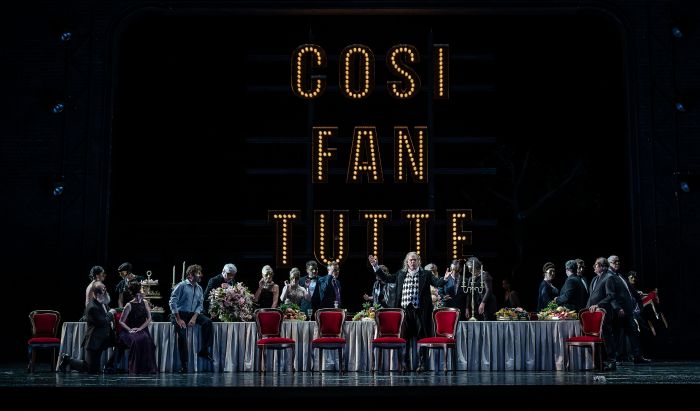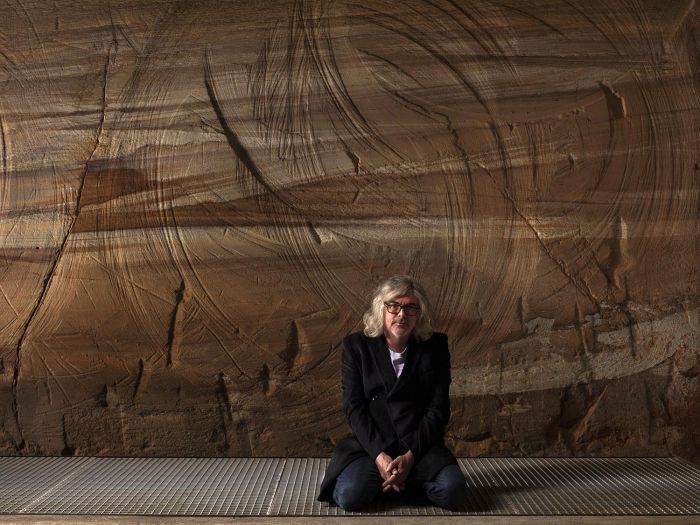![]()
Photos Courtesy of AlfredSisley.org
As I have stated before: Every work has a provenance, but the full provenance of every work is not necessarily known. Now before you begin to panic about the provenance of a work you own please keep in mind that frequently a work's complete provenance cannot be established and usually there is no need to worry.
However, if you are considering the purchase of a historically important or very expensive work then its provenance is imperative; especially if there is the possibility that it may have been looted during World War II.
 I have written on this topic before, but I thought the following story would both beautifully illustrate my thoughts on the matter and show you how someone can, at times, track a work's provenance. Recently a client asked us to sell Alfred Sisley's La Seine à Suresnes (seen above), a fabulous work from 1880. She sent good images of the painting and all the documentation which included a description, the fact that it was listed in the 1959 catalogue raisonne and a very limited provenance (Durand-Ruel; Private collection).
I have written on this topic before, but I thought the following story would both beautifully illustrate my thoughts on the matter and show you how someone can, at times, track a work's provenance. Recently a client asked us to sell Alfred Sisley's La Seine à Suresnes (seen above), a fabulous work from 1880. She sent good images of the painting and all the documentation which included a description, the fact that it was listed in the 1959 catalogue raisonne and a very limited provenance (Durand-Ruel; Private collection).
After seeing the image I contacted a client of ours who, in the past, had expressed a serious interest in purchasing a Sisley. I forwarded the image and they confirmed their interest in buying the painting. Then the fun began. I informed both the seller and buyer that before we could consummate the deal I wanted to do a little more research on the provenance; I found it a little odd that there was almost nothing for a work of this importance.
My search began by contacting the Comité Alfred Sisley; since they are currently updating the old catalogue raisonne. We were fortunate that the painting was listed and illustrated in the first catalogue so all we needed to do was confirm that this was in fact the same painting...something they were willing to do with high quality images, all the documentation and a condition report from an independent conservator. The fee for this service was about $400; had the work not been in the original catalogue, their fee would have been about $1200 and a physical inspection of the painting was required - round trip shipping to Paris would have added another $2000. I should add that they had no additional information on the provenance.
 Once we received their OK (which took about one week) I went on to my next port of call...The Art Loss Register. For a $75 fee this firm, which maintains a database of stolen art and antiques, will search their records to see if an item is listed. If so, then you are in for some fun and, more than likely, a visit from local law enforcement. Luckily for us, there was no match (in the end we received a certificate stating that the painting was not listed in their archives).
Once we received their OK (which took about one week) I went on to my next port of call...The Art Loss Register. For a $75 fee this firm, which maintains a database of stolen art and antiques, will search their records to see if an item is listed. If so, then you are in for some fun and, more than likely, a visit from local law enforcement. Luckily for us, there was no match (in the end we received a certificate stating that the painting was not listed in their archives).
However, they did recommend that because there was no 'real' provenance (especially during the war years) that we follow-up with some additional research at the Witt Library in London and then possibly with Durand-Ruel. Fortunately for us the Frick Art Reference Library in New York has the Witt's photographic records on microfiche so I spent three hours looking through both the Witt's and Frick's images...no match.
My next stop was Durand-Ruel (the only name in the provenance). I did a quick online search and discovered that for a fee the family will research the gallery's old inventory records. I sent them an e-mail and received a quick reply listing all their requirements and charges (about $460 - depending on the exchange rate!). We agreed to their terms and sent all the information; a few days later we received an e-mail which included the following:
"This painting was previously in the famous collection of Sainsere. Then it was replaced in the warehouse by a painting collector on 24 May 1944, and we returned it on the 6 November 1944. It was then no longer part of our stock."
 This appeared to be both good and possibly troubling news. The good news was that this painting once belonged to the Olivier Sainsere (a very important collector of Impressionist paintings), the bad news was that we had no idea what happened to if from the time of his death in 1923 till 1944; and the fact that it was placed in 'storage' on May 24, 1944, a couple of weeks before the Invasion, and retrieved a few months after the liberation of Paris made me a little nervous. I began to wonder: Could this painting have a dicey history?
This appeared to be both good and possibly troubling news. The good news was that this painting once belonged to the Olivier Sainsere (a very important collector of Impressionist paintings), the bad news was that we had no idea what happened to if from the time of his death in 1923 till 1944; and the fact that it was placed in 'storage' on May 24, 1944, a couple of weeks before the Invasion, and retrieved a few months after the liberation of Paris made me a little nervous. I began to wonder: Could this painting have a dicey history?
"I am happy to let you know that the Sisley Daulte 381 has been deposited to us by Madame O. Sainsere from May 24 to November 6, 1944."
Yes! Exactly the news we needed - an unbroken chain of ownership in the Sainsere family. No need to worry that this painting might have had an issue with its provenance during the war and great news for both the seller and the buyer.
This whole process took just over one month and cost about $1000; had the work not already been included in the original catalogue raisonne the cost would have been in excess of $3500. Either way it was money well spent.














